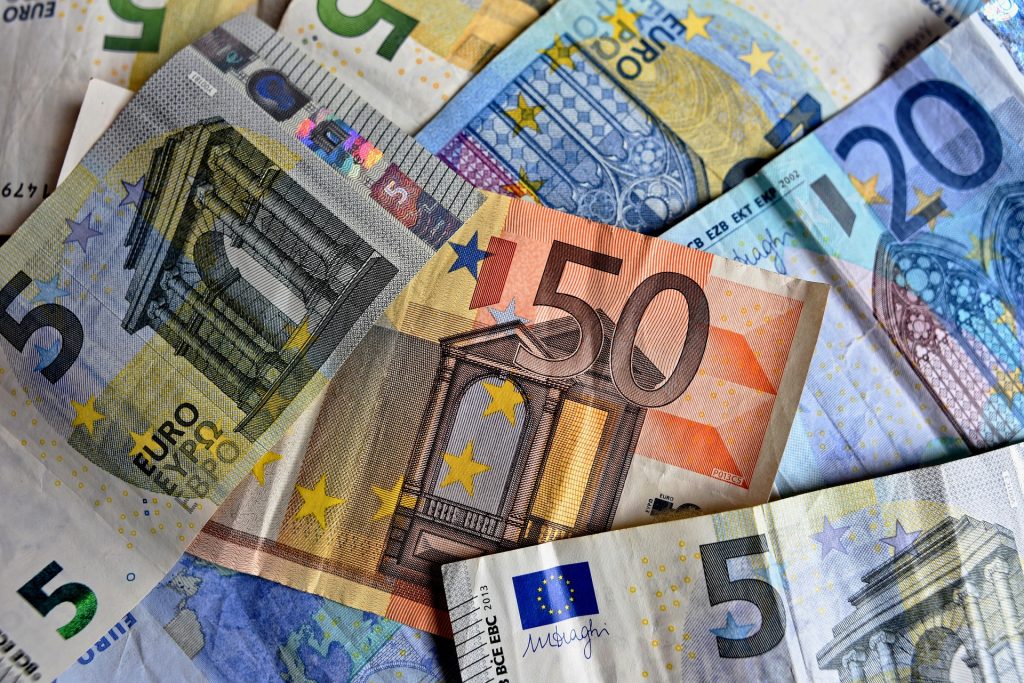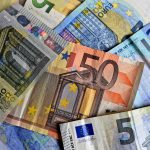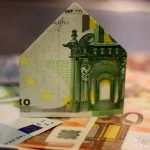As Poslovni Dnevnik/Ana Blaskovic writes, the latest forecast regarding the domestic economy has been revised once again with Boris Vujcic pointing out that the CNB is “cumulatively quite optimistic”. The basic contribution to domestic GDP remains the same as before – foreign demand is primarily made up of the exports of services due to the surprisingly good tourist season this past summer, as well as the growth of the exports of goods and personal consumption.
The burning issue for people, however is the inflation rate, which will accelerate to 2.4 percent this year, and should remain at that level throughout 2022. Boris Vujcic pointed out that Croatia could meet the criteria for joining the Eurozone on time, too.
“The main logistical activity is cash withdrawals and coin minting. We’ll have to borrow banknotes and ensure that from the 1st of January 2023 they end up in peoples’ hands,” said Boris Vujcic.
“Everyone is already working on it because we can’t wait for next summer to start with that. IT adjustments in companies are already underway, and if we enter from January the 1st, 2023, then we will have to show prices in both kuna and euros as early as the summer months,” explained Vujcic.
The CNB Council: Croatian GDP growth of 4.1 percent is expected in 2022
At a recent session, the Council of the Croatian National Bank discussed current economic and financial developments and adopted the Monetary Policy Projection and Macroeconomic Developments and Forecasts, as well as several other decisions within its competence. Taking into account the achievements in the first nine months of 2021 and the movement of indicators of monthly economic activity available for the fourth quarter, real GDP could grow by 10.8 percent on the level of the the whole of 2021, and thus already exceed the pre-crisis level this year.
In 2022, growth of 4.1 percent is expected, predominantly supported by foreign demand, with a positive contribution from various other components. The expected slowdown in growth is mostly the result of the base effect, ie the cessation of the effect of the low level of GDP in 2020 on the annual growth rate. The projection of Croatian GDP in 2022 is still exposed to numerous risks, with the negative ones predominating, and they’re mainly related to the potential unfavourable development of the ongoing epidemiological situation and the increase in uncertainty that continues to bring with it.
The growth of Croatian tourism revenue during the main part of the summer season this year almost completely brought the current and capital account surplus closer to the record realisation from the third quarter of pre-pandemic 2019, so its level this year could exceed 4 percent of GDP, and additionally increase to 5 percent GDP in 2022. The growth of the current and capital account surplus, along with tourism, is strongly supported by net inflows of EU funds.
Consumer price inflation accelerated, which was influenced by rising food prices, and based on the achievements so far this year, it can be estimated that consumer price inflation at the level of the whole of 2021 could amount to 2.4 percent, with the growth of energy prices accounting for half of this growth. In 2022, the average rate of consumer price inflation is expected to remain at the same level, with inflationary pressures potentially becoming more pronounced in the first half and more subdued in the second half of the year.
For more, check out our dedicated politics section.










